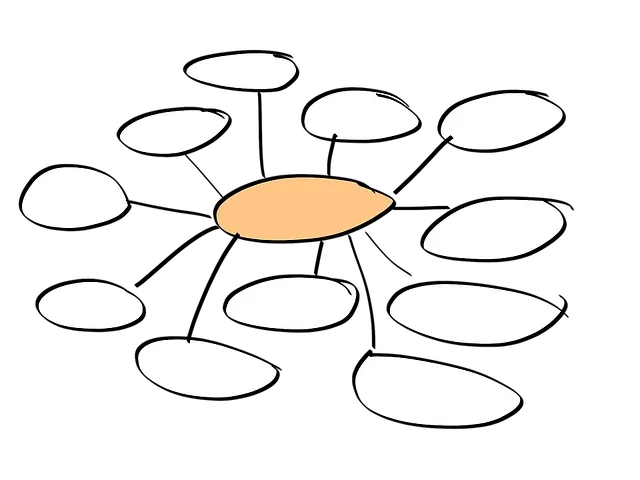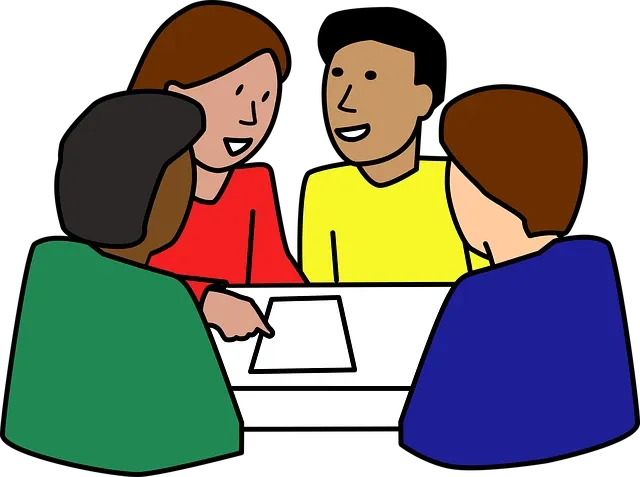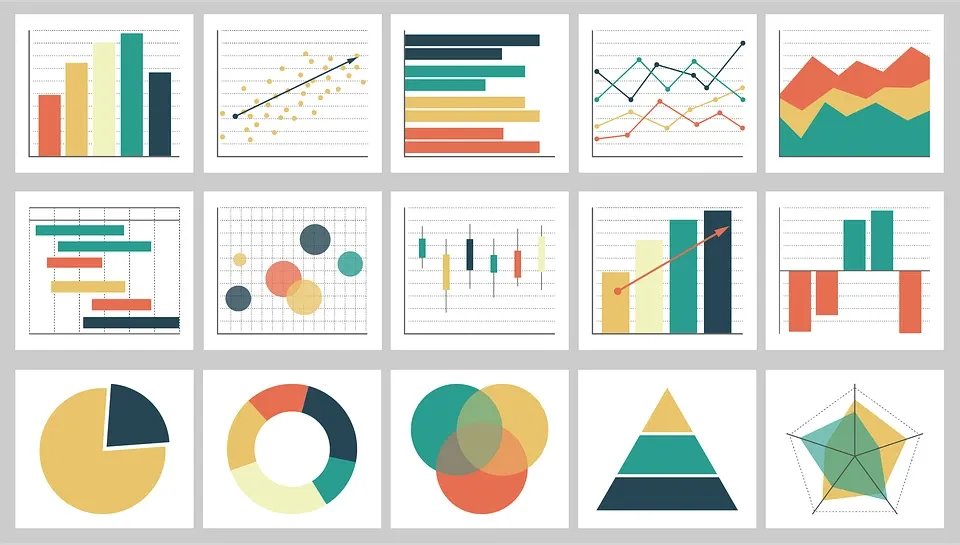Taking notes may seem like an easy task, but it takes dedication and consistent effort. It is a powerful tool that can significantly enhance your learning. Whether you are in school, college or beyond, mastering the art of note-taking can make difference in your study world.
In this article, we will delve into the world of note-taking techniques - from the paper and pen methods to the modern digital approaches. We will explore 5 effective methods of note-taking that will help you retain information, grasp complex concepts, and ace your exams.
5 Effective Methods of Note-Taking
| 5 Effective Methods of Note-Taking |
I. Cornell Method
| Cornell Method of Note-taking |
- the main note-taking area
- a narrow column for cues
- a space at the bottom for the summary
II. Mind Mapping
| Mind Mapping |
- Begin with a blank page and draw your central topic in the middle
- Then, create branches with subtopics, connect them with lines.
- You can use colors, images, and keywords to make it more engaging and effective.
- And here's the digital twist: online mind mapping tools make it super easy to create, edit, and even collaborate on mind maps with others.
III. The Feynman Technique
| The Feynman Method |
- Start by choosing a concept
- Then teach it as if you're presenting a lesson.
- Review what you've taught and simplify any parts that feel confusing.
IV. Charting and Graphing
| Charting and Graphing |
Numbers and data can be overwhelming, but charts and graphs can help you make sense of them. Charts and graphs are visual representations of data and they can help you see trends, comparisons, and patterns. They can be a great way to understand complex information, especially for data-heavy subjects.
There are many different types of charts and graphs, each with its own qualities and weaknesses.
- Bar charts are good for comparing two or more sets of data
- Line graphs are good for showing trends over time
- Pie charts are good for showing percentages
When choosing a chart or graph, it's important to consider the type of data you're working with and what you want to show. Once you've chosen a chart or graph, make sure to label the axes and add clear legends. You should also write a brief explanation of the chart or graph to help you understand later.
In the digital world, there are tools that let you create interactive charts and graphs. You can use AI tools to create effective charts and graphs. These tools can make your notes even more engaging and informative. For example, you can create charts that allow readers to filter data or zoom in on specific areas. So next time, when you face with a daunting pile of numbers, don't despair. Just create charts and graphs.
V. Sentence Summary Technique
Sometimes, you just need a quick recap before a big test. The sentence summary technique is perfect for that. Summarize each section or idea in just one or two sentences. It compels you to extract the core of the subject, and it enhances the efficiency of your revision.
To use this technique, go through your notes and write a concise sentence for each section. Focus on the key points, and keep it brief. And guess what? Digital flashcards are an excellent way to convert these summaries into interactive study card.
FAQs on Effective Note-Taking Methods
1. What is the importance of note-taking in learning?CONCLUSION
Congratulations! You've just completed the journey through a diverse realm of 5 effective methods of note-taking. From the structured Cornell Method to the visual magic of mind maps, the simplicity of the Feynman Technique, the data-driven charts, and the concise sentence summaries, there's always something for everyone. Remember, the key is to choose techniques that resonate with your learning style and adapt them to your digital world.
Note-taking isn't just about scribbling words; it's a dynamic skill that evolves with technology and your personal preferences. So go ahead, experiment, blend techniques, and find what works best for you. As you navigate your educational path, effective note-taking will be your trusty sidekick, helping you grasp new concepts and conquer exams with confidence.
You should definitely check out these blogs How To Start Studying After A Long Break [5 Effective Tips] and 10 Effective Tips to Make Yourself Study Every Day where we have discussed some useful tips.
Thanks for reading 😊




